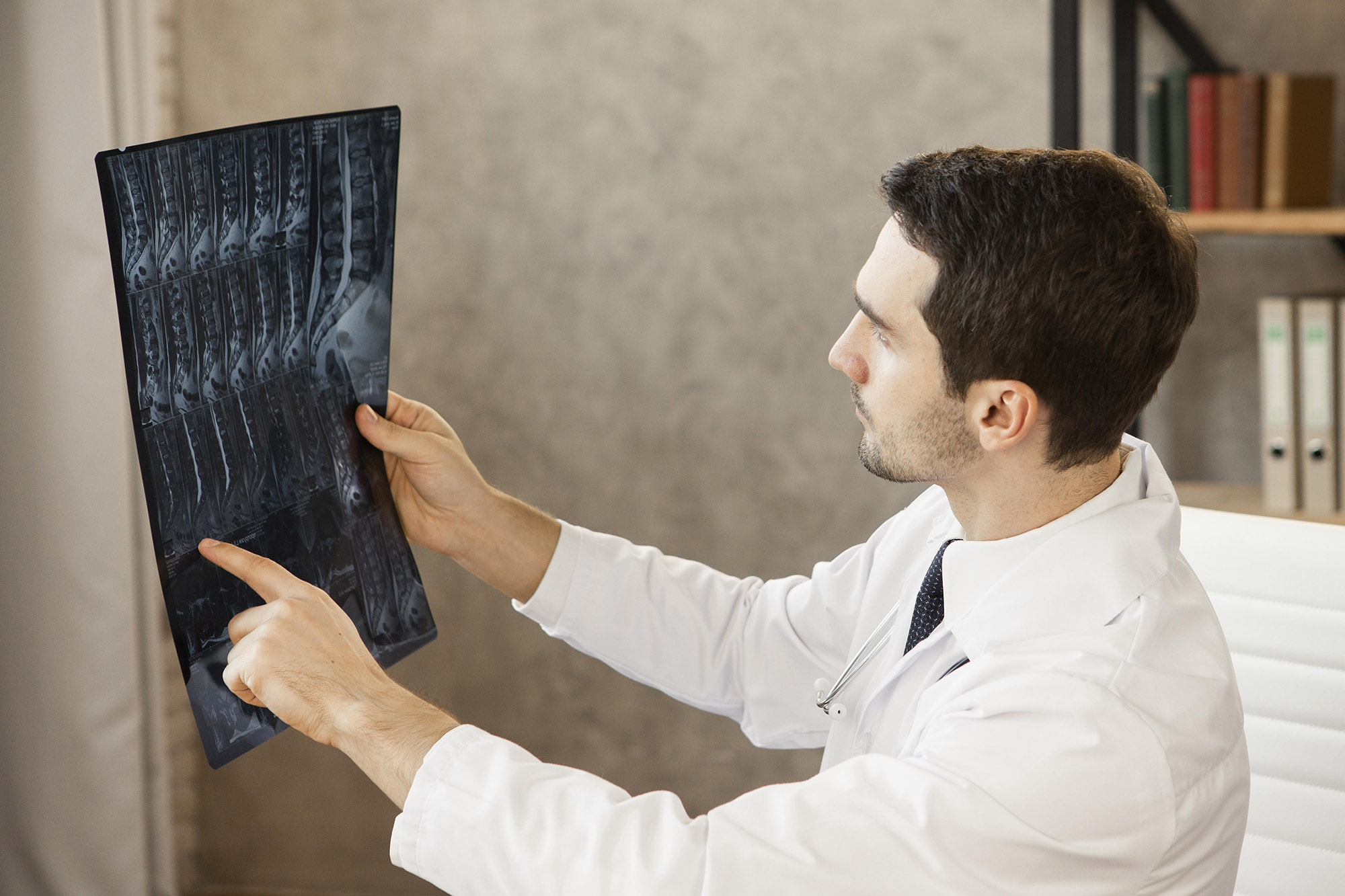As you get older, changes in your spine could lead to a condition called spinal stenosis. This spinal condition occurs when the spaces inside your spine become narrower due to wear and tear over the years, spinal injuries, herniated discs, or other causes. This can put too much pressure on nerves in the affected area, causing pain and other symptoms to appear.
Spinal stenosis doesn’t always cause symptoms, but in some cases, discomfort and other symptoms can affect your day-to-day life and become worse over time. It’s important to know the signs and symptoms of this condition and when to see your doctor to discuss treatment options.
Symptoms of Cervical Stenosis
Spinal stenosis that occurs in the upper part of the spine or neck is known as cervical stenosis. With this type of stenosis, you might experience any of the following symptoms:
- Pain in your neck that might slowly gets worse without treatment
- A tingling sensation or numbness in your foot, leg, arm, or hand
- Trouble walking, especially when you’re trying to balance
- Weakness that affects your leg, arm, foot, or hand
- Bladder or bowel problems, although these mainly occur in more severe cases
Symptoms of Lumbar Stenosis
Spinal stenosis that occurs in the lower part of the spine or lower back is known as lumbar stenosis. When you have this type of stenosis, you might have the following symptoms:
- Discomfort or pain in both legs or only one leg if you’ve been on your feet for awhile or while walking around
- Pain in your lower back
- A tingling sensation or numbness in your leg or foot
- Weakness that affects your leg or foot
If you have cervical or lumbar stenosis, you might not know until you have imaging tests done, such as an MRI or CT scan. While you might not be having symptoms now, this could change later on as your spine develops more wear and tear.
When to Seek Treatment
When should you see a doctor to find out about treatment options for spinal stenosis? Keep in mind that this condition might not cause any problems at first. However, you might begin having symptoms that get worse over time if your condition becomes more severe. If you have symptoms of cervical or lumbar stenosis, especially if they are affecting your daily activities or causing chronic pain, you should see a doctor. While rare, spinal stenosis can cause certain complications if it’s left untreated, such as weakness, problems with coordination and balance, numbness, and paralysis.
Your doctor will do imaging tests to diagnose spinal stenosis and determine a treatment plan. The kind of treatment you need will depend on certain factors, such as which part of your spine is affected and how severe your condition is. Milder cases might improve with over-the-counter medication, physical therapy, and other nonsurgical measures. If your symptoms are more severe, though, your doctor might discuss surgical options to help you find relief if other treatments haven’t worked. Procedures such as laminectomy or minimally invasive surgery help ease pressure on nerves in the affected area, which should relieve pain, tingling, and other symptoms.
Whether you’re having mild or more severe symptoms, it’s important to see a doctor for a diagnosis and treatment options. This helps ensure that you find relief for your symptoms, so that you’re able to return to your regular activities.


